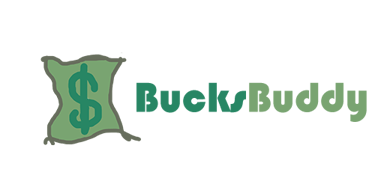From Broke to a Multi-Millionaire: Robert Kiyosaki’s story according to ‘Rich Dad Poor Dad’.
BILLIONAIRE'S JOURNEY
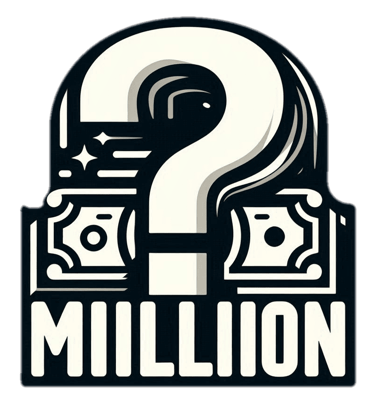

The Million-Dollar Question: What If Everything You Know About Money Is WRONG?
Imagine being told your entire life to study hard, get a job, and save… only to watch your “rich dad” friend’s family laugh all the way to the bank. This isn’t fiction—it’s the explosive start of Robert Kiyosaki’s journey from dead broke to a multi-millionaire. Let's get going.
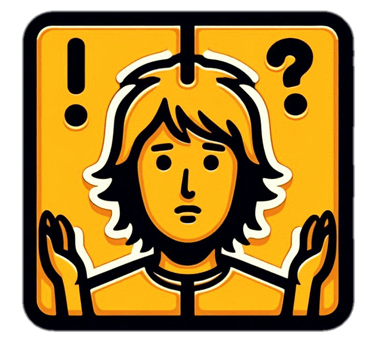

The Two Dads Dilemma: A Childhood Lesson that changed Kiyosaki's point of view about money.
Poor Dad: PhD, teacher, preached “Work for money.”
Rich Dad: 8th-grade dropout, lived “Make money work for YOU.”
Robert Kiyosaki faced a choice: Play it safe and struggle… or RISK IT ALL? His decision set him on a lifelong journey to understand wealth, often questioning traditional beliefs.
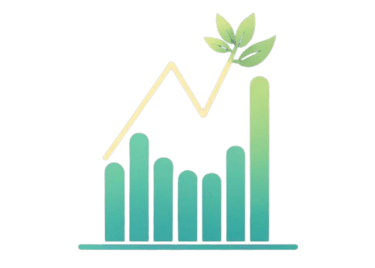

The Real Journey Begins:
After serving as a Marine Corps helicopter pilot in the Vietnam War, Robert Kiyosaki returned to civilian life with a strong desire for financial freedom. He started by taking a sales job at Xerox in the 1970s, a role he later called his "boot camp" for entrepreneurship. At Xerox, he learned important skills like persistence, negotiation, and handling rejection—skills that would help him in his future businesses. However, the corporate structure didn’t sit well with him, so he began exploring entrepreneurship.
First Attempt: Velcro Wallets for Surfers


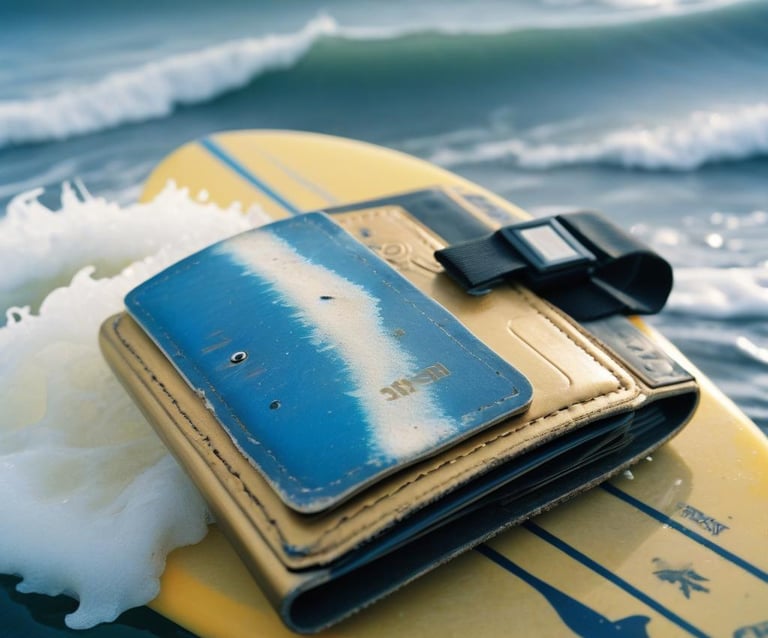

Kiyosaki’s first business idea was aimed at surfers. He noticed they needed a safe way to store their cash while surfing, so he created wallets with Velcro closures to keep money secure. The product sold well at first, but soon, cheaper copies flooded the market. Without a strong brand or a way to scale, his business collapsed. This failure taught him that just having a good product wasn’t enough to stand out when there was stiff competition.
Second Attempt: Rock Band T-Shirts
Not giving up, Kiyosaki turned to the popular rock music scene, creating a line of T-shirts featuring licensed band logos. Sales were great as fans rushed to buy them. But as demand shifted—due in part to market saturation and changing musical trends—he was left with unsold inventory, and his profits disappeared. Critics called his approach a “get-rich-quick” scheme, but Kiyosaki took away important lessons from his failure.
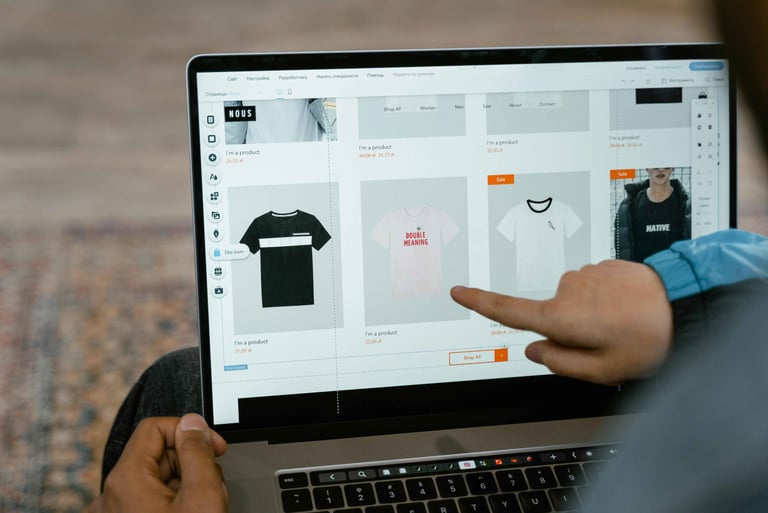

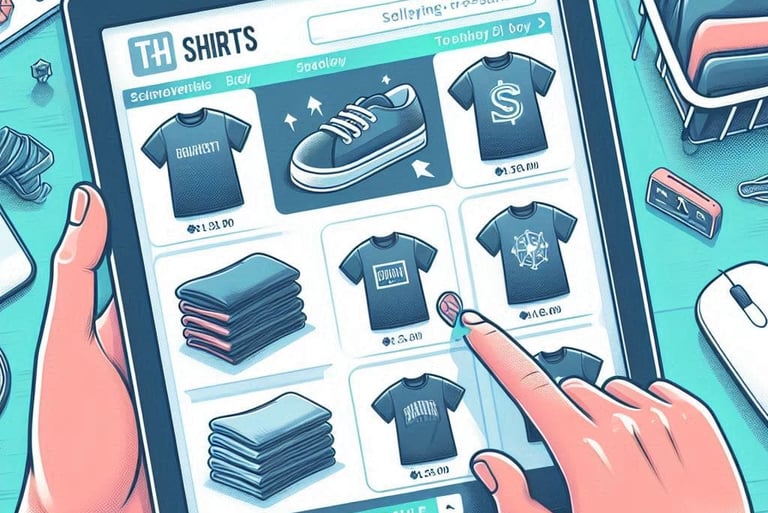

The result of the failures

These failures helped Kiyosaki understand a critical truth:
“Products alone won’t build wealth—you need scalable systems and assets.”
He realized that product-based businesses required constant updates and faced endless competition. On the other hand, systems—like franchises and automated cash flows—could create passive income, and assets—like real estate and intellectual property—could generate wealth without his constant involvement. This insight mirrored successful models like McDonald’s, which thrived not just on burgers but on its replicable systems and real estate investments.
Starting Real Estate and Financial Education
1. Discovering Real Estate: Learning from Mentors
Robert Kiyosaki’s journey started with a strong desire to understand money better. Unhappy with regular jobs, he turned to experienced investors for guidance. They taught him key lessons:
Smart Use of Debt: Instead of fearing loans, he used mortgages to buy properties with minimal personal money.
Buying Smart: He looked for undervalued homes, like foreclosed properties, in up-and-coming neighborhoods, then renovated and rented them out.
Cash Flow Over Speculation: He focused on properties that provided steady rental income rather than waiting for their value to increase.
For example, he could buy an apartment building, ensure full occupancy, and use rental income to cover expenses while making a profit. This approach helped him earn more from passive income than his salary, freeing him from the 9-to-5 grind.
2. The Problem with Financial Education
Kiyosaki noticed that even high-income earners often struggled financially. Schools didn’t teach practical money management, and banks encouraged debt (like mortgages and credit cards) without explaining how to build wealth. His big realization:
Assets vs. Liabilities: True financial freedom comes from owning assets that generate income (like rental properties) rather than liabilities that drain money (like a home that doesn’t make money).
3. Writing Rich Dad Poor Dad
In 1997, Kiyosaki turned his lessons into the book Rich Dad Poor Dad, where he challenged traditional beliefs:
Your Home Isn’t an Asset: Unless it generates income (e.g., through renting), a house is more of a financial burden than an investment.
Savings Lose Value Over Time: Inflation eats away at savings, so investing in real estate or businesses is a smarter way to grow wealth.
Failure is a Learning Tool: Mistakes should be seen as lessons, not setbacks, especially in business.
Traditional publishers rejected his book, so he self-published and used seminars and word-of-mouth to promote it. The message struck a chord, selling over 5 million copies and sparking a global conversation about financial literacy.
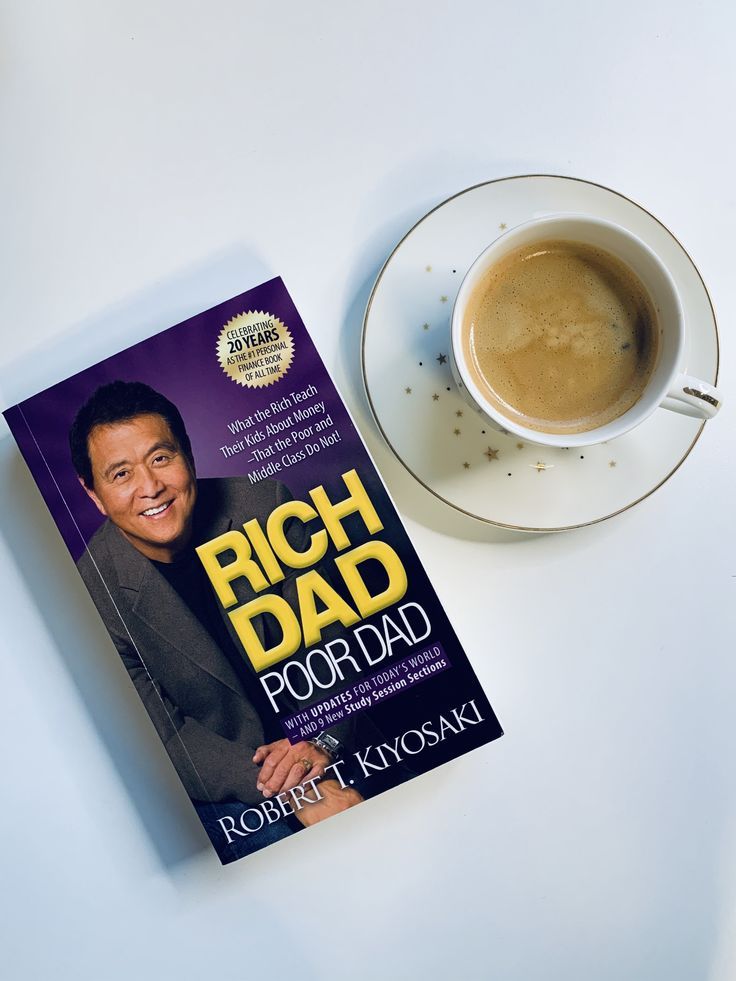

4. Expanding the Rich Dad Brand
Growing in Real Estate: Kiyosaki expanded into commercial properties, land development, and house flipping, using tax benefits to maximize profits.
Early Support for Crypto: In the 2010s, he promoted Bitcoin as an alternative to traditional banking, staying true to his high-risk, high-reward mindset.
Teaching Financial Skills: He created courses, coaching programs, and even board games (Cashflow 101) to help people learn about money in a fun way.
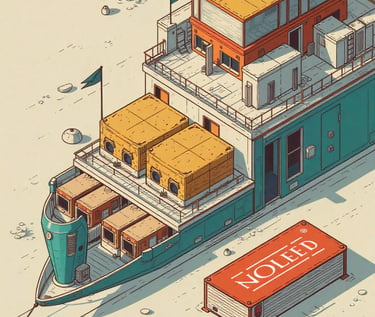



5. Mindset and Legacy
Kiyosaki’s core belief is that “Wealthy people don’t avoid risk—they manage it wisely.” While some investors fear risk, he stressed the importance of research, smart diversification, and emotional discipline.
Despite an estimated net worth of around $100 million (small compared to billionaires), his influence is massive. While critics argue his advice can be overly simplistic, millions credit him with changing how they think about money.
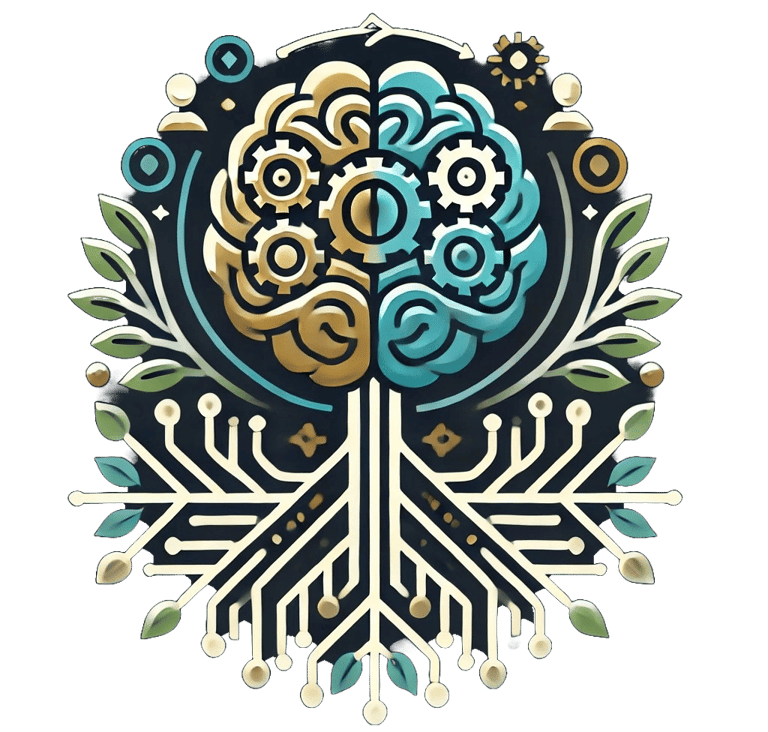

Robert Kiyosaki’s approach to wealth-building is thought-provoking, but I have mixed views on some of his perspectives.
Where I Differ:
🔹 Real Estate Isn’t That Simple – Kiyosaki makes property investing sound like a guaranteed path to wealth. In reality, it requires expertise, capital, and risk management. Many investors struggle with hidden costs, market downturns, and bad tenants.
🔹 Not Everyone Can Take Big Risks – While he says, “average people avoid risk,” not everyone can afford aggressive financial moves. Stability matters before taking big leaps.
🔹 Some Advice is Over-Simplified – His claim that “your house isn’t an asset” is controversial. While it may not generate income, homeownership can still build long-term wealth.
What I Agree With:
✅ Financial Literacy is Key – Schools don’t teach money management, and Kiyosaki was right to challenge that. Understanding assets, cash flow, and risk is crucial.
✅ Mindset Shift Matters – The idea that “the wealthy don’t trade time for money” is powerful. Building income-generating systems is smarter than relying solely on a paycheck.
✅ Failure is a Learning Tool – His early business failures highlight the importance of resilience in entrepreneurship.
Kiyosaki’s perspectives are valuable but not a one-size-fits-all solution. Financial success requires education, calculated risks, and adaptability—not just bold moves.
What’s your take? Do you think his strategies are practical for everyone?
My Thoughts on Kiyosaki’s Perspectives

